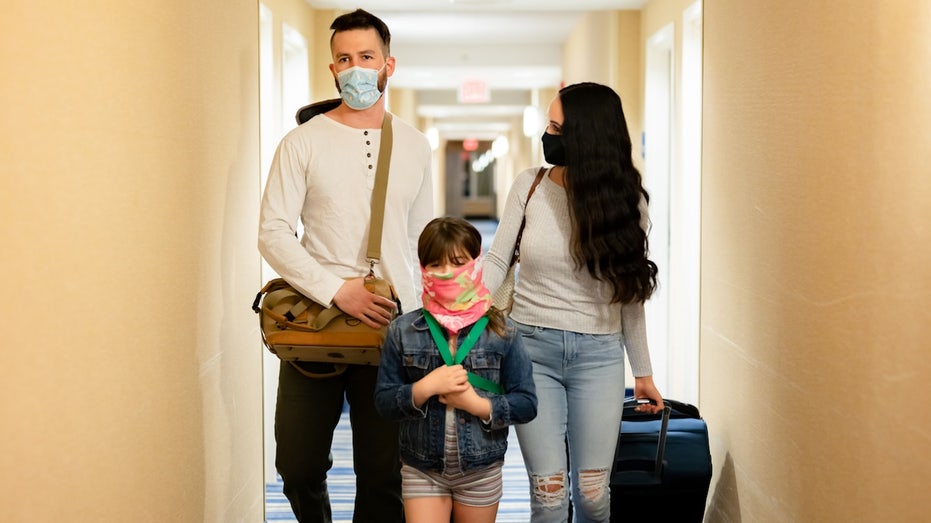Norovirus Sickens Over 200 Cruise Ship Passengers on Month-Long Voyage

Sarah Johnson
April 4, 2025
Brief
Over 200 passengers on Queen Mary 2's transatlantic cruise contracted norovirus, prompting isolation, enhanced sanitation, and CDC monitoring as the ship returns to Southampton.
It seems the Queen Mary 2's grand voyage has met an unwelcome stowaway: norovirus. Over 200 passengers on this month-long transatlantic cruise have found themselves battling the stomach-churning virus, leaving the luxury liner's reputation feeling a bit seasick.
The Cunard cruise ship departed from Southampton, U.K., on March 8 and navigated through New York and the Eastern Caribbean. But for 224 of the 2,538 passengers — plus 17 crew members — the journey veered off-course health-wise. According to the Centers for Disease Control and Prevention (CDC), the virus caused bouts of diarrhea and vomiting, with affected individuals swiftly isolated to limit further spread.
The ship is expected to dock back in Southampton on Sunday, April 6. Meanwhile, Cunard has ramped up its cleaning and disinfection efforts in response to the outbreak. Stool samples from afflicted passengers have been collected for testing, and the CDC's Vessel Sanitation Program is monitoring the situation remotely to ensure proper protocols are followed.
Norovirus, commonly dubbed the "stomach bug," is infamous for its contagious nature. It only takes a minuscule amount of the virus — as little as 10 particles — to wreak havoc through contaminated food, surfaces, or even person-to-person contact. Cruise ships, with their cozy quarters and shared spaces, are practically a petri dish for these outbreaks, as noted by infection prevention experts.
Dr. Amber Charoen, a gastroenterologist, explained that norovirus is a leading cause of gastroenteritis in the U.S., triggering symptoms like low-grade fever, chills, vomiting, and muscle aches. While the illness typically resolves within three days, it can lead to serious dehydration, especially among older adults and young children, sometimes requiring medical intervention.
For prevention, health professionals recommend washing hands often, sanitizing fruits and vegetables, and isolating oneself at the first signs of illness. The CDC also emphasizes staying hydrated to combat dehydration, as there is no specific medication to treat norovirus.
Norovirus is no stranger to headlines, with approximately 20 million cases reported in the U.S. annually. It also accounts for 109,000 hospitalizations and 900 deaths each year, mostly among individuals over 65. The combination of indoor spaces and crowding — hallmarks of cruise travel — makes outbreaks like this particularly hard to contain once they set sail.
As the Queen Mary 2 nears its return, passengers and crew alike are likely counting down the days to disembark. Here's hoping this luxurious liner's next voyage is smoother sailing — and virus-free.
Topics
Editor's Comments
Ah, the joys of cruise travel — sun, sea, and, apparently, shared stomach bugs. The Queen Mary 2's outbreak reminds us that even the most luxurious getaways can hit some rough waters, especially when it comes to hygiene. While Cunard deserves credit for quick isolation and ramping up sanitation, it’s a stark reminder that these floating cities need to stay on top of their health game. And let’s be real, 'isolation' on a cruise ship? Sounds like a plot twist no one signed up for!
Like this article? Share it with your friends!
If you find this article interesting, feel free to share it with your friends!
Thank you for your support! Sharing is the greatest encouragement for us.



